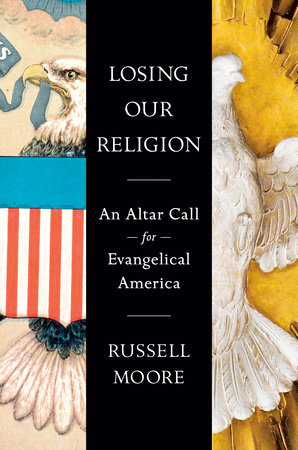It is one thing to be dead. It is another thing altogether to be meat.
So argues naturalist David Quammen as he asks why it is more disturbing to have a loved one consumed by a flesh-eating bear than killed in an automobile accident. Such a gruesome thought never occurs to most of us, probably because our encounters with predatory animals are limited to watching safely behind the bars of a zoo, or, even more safely, watching the flickering television images of the Discovery Channel.
And yet, we are fascinated nonetheless by predatory beasts. Television ratings spike dramatically when the networks show some version of “When Animals Attack.” This is especially true of males. Like Quammen, many of us trek after animal predators if not in real forests then in our imaginations.
My two little boys were not all that interested in the dust jackets of the other books I was reading at the time, books with pictures of John Updike, Hank Williams, and Russell Kirk on them. But they were fascinated with the cover of this book, David Quammen’s Monster of God: The Man-Eating Predator in the Jungles of History and the Mind (W.W. Norton, 2003), with a full-color drawing of a fearsome tiger with teeth bared. For them, it’s not just tigers, any animal will do, real or mythical, as long as it is dangerous.
They attentively sat through Good Night Moon when they were toddlers, but they squealed “Let the wild rumpus start” whenever I pulled out Maurice Sendak’s classic book Where the Wild Things Are. In our nightly Bible readings, I read wherever we are in the text, but then I let them choose a Bible story to close out the night. More often than not, their choice is “the one about the snake.” For some reason, they love to hear about Moses combating the fiery serpents in the wilderness, followed by its fulfillment in, as they call it, “the other pole,” the cross of Christ.
So why do little boys (and their fathers and grandfathers) so love to think about dangerous animals? Paleontologist Stephen Jay Gould dismissed as “Jungian nonsense” any idea that little boys’ love for dinosaurs and other dangerous monsters might be archetypal and universal. Instead, he argued, dinsosaur mania is the result of commercialization and consumer hype. I’m not convinced. My boys, adopted from a Russian orphanage at one-year of age, don’t watch television that much, and they wouldn’t know Barney the dinosaur from Barney Rubble. They have never been given a “Serpent in the Wilderness” action figure. They just know what gets their heart racing. This seems to be the case across time, and across cultures. Why?
Quammen notes that most human beings throughout history have had the experience of listening in the night or surveying the waters for animals that could, quite literally, eat them up. As he puts it: “Among the earliest forms of human self-awareness was the awareness of being meat.” Quammen argues that we are fascinated with such beasts, and always have been, because they remind us that human beings are not always at the top of the food chain. With this in mind, Quammen sets out throughout the geographic domains of such predators as Indian lions, Australian crocodiles, Russian tigers, and Romanian bears. He traces the predatory themes in contemporary film, such as the Alien science fiction movie series.
In this Quammen resorts to the typical Western creation myth, Darwinism, to explain this, along with everything else. After all, he argues, the genetic memory “of being a barefoot anthropoid on the East African savannah is relatively recent.” And, in this viewpoint, the deep evolutionary fear of predatory animals marks out human epic literature, including ancient dragon stories, and even the Bible itself. Quammen points out that the Bible is, it seems, obsessed with dangerous animals, beginning with the Genesis creation account.
He rightfully notes that the Bible is less concerned with the abstract notion of “the environment” than with the human relationship to specific aspects of the creation order, such as predatory beasts. Leviathan, the twisting serpent-dragon of the Old Testament prophets is, in his words, “the archetype of alpha predators.”
Moreover, heroic figures in Scripture are often pictured as heroic slayers of dangerous animals, like David or Samson. In this, Quammen remarkably gets the shepherd imagery of the Bible more accurately than many Christians, reared as we are on cherubic shepherds in terry-cloth towels in our Christmas musicals. The shepherd’s primary duty is to protect his flock from predators, by fighting them off. That’s why the Psalmist is comforted by the Good Shepherd’s rod and staff. It’s not that they look cool and shepherd-like. It’s that they are used to knock the teeth out of wolves and big cats.
Quammen also understands, again correctly, that the shepherd-warrior imagery in the Bible is then applied to the Davidic king of the people of God: “The good ruler, like the bold shepherd, devotes himself, to exterminating predators whenever and wherever they can be found.”
As to the reason why we cannot get predatory animals out of our collective consciousness, even long after we have safely secluded most of them beyond the borders of our suburban sprawl, Quammen’s analysis only goes so far. In the end, Christianity provides a better answer than the Darwinist “just-so” stories of our evolutionary age.
This Moore to the Point commentary will continue tomorrow with part two of “Where the Wild Things Are.”






